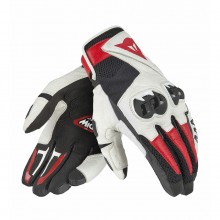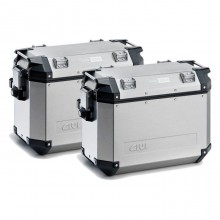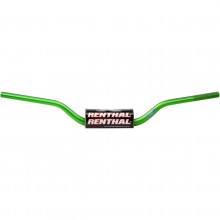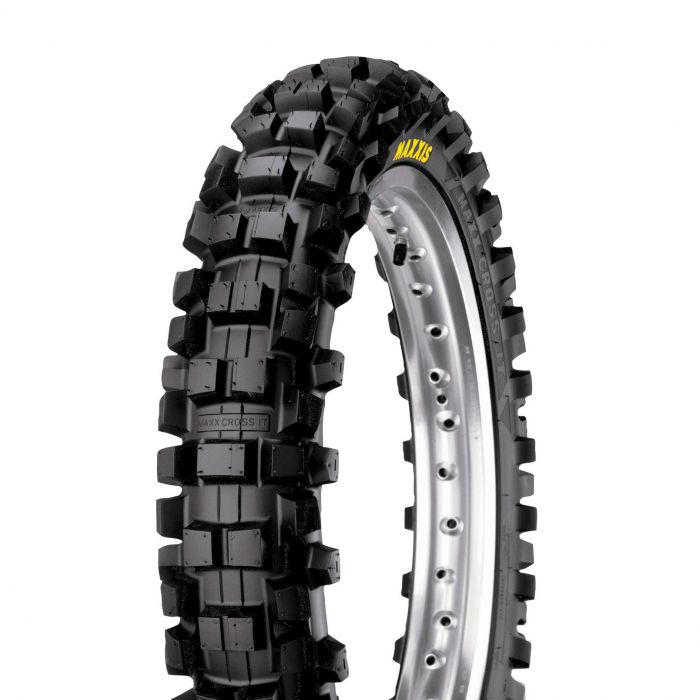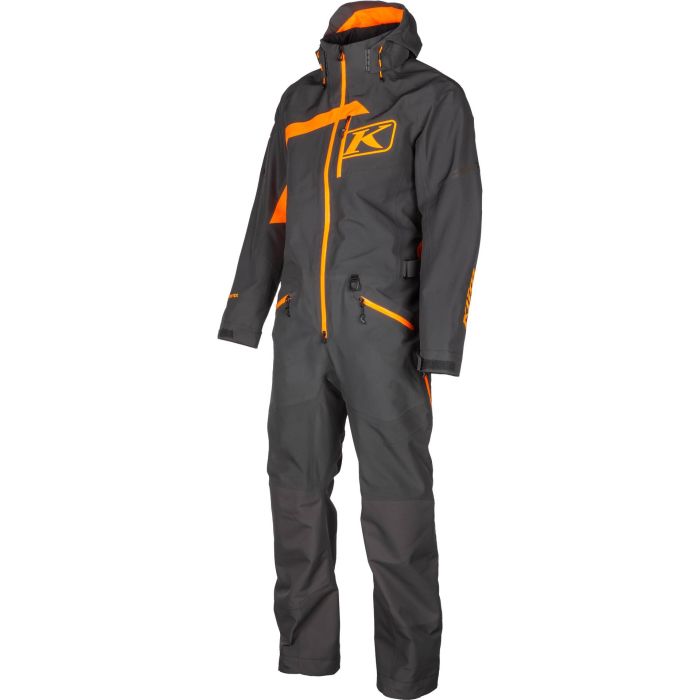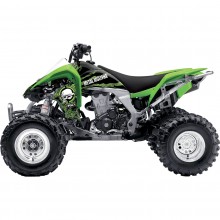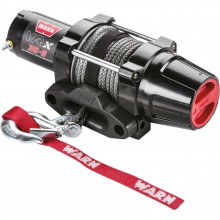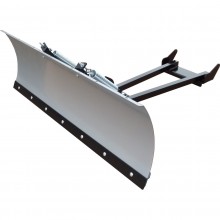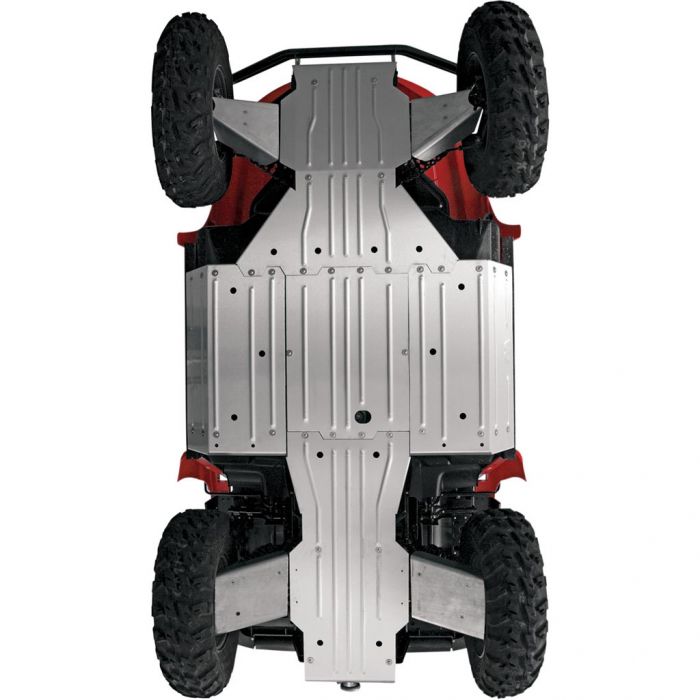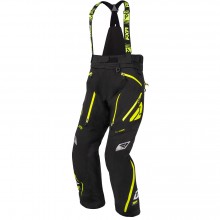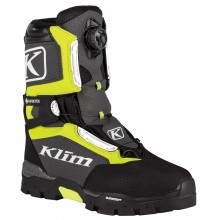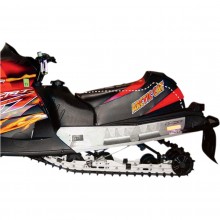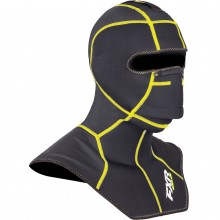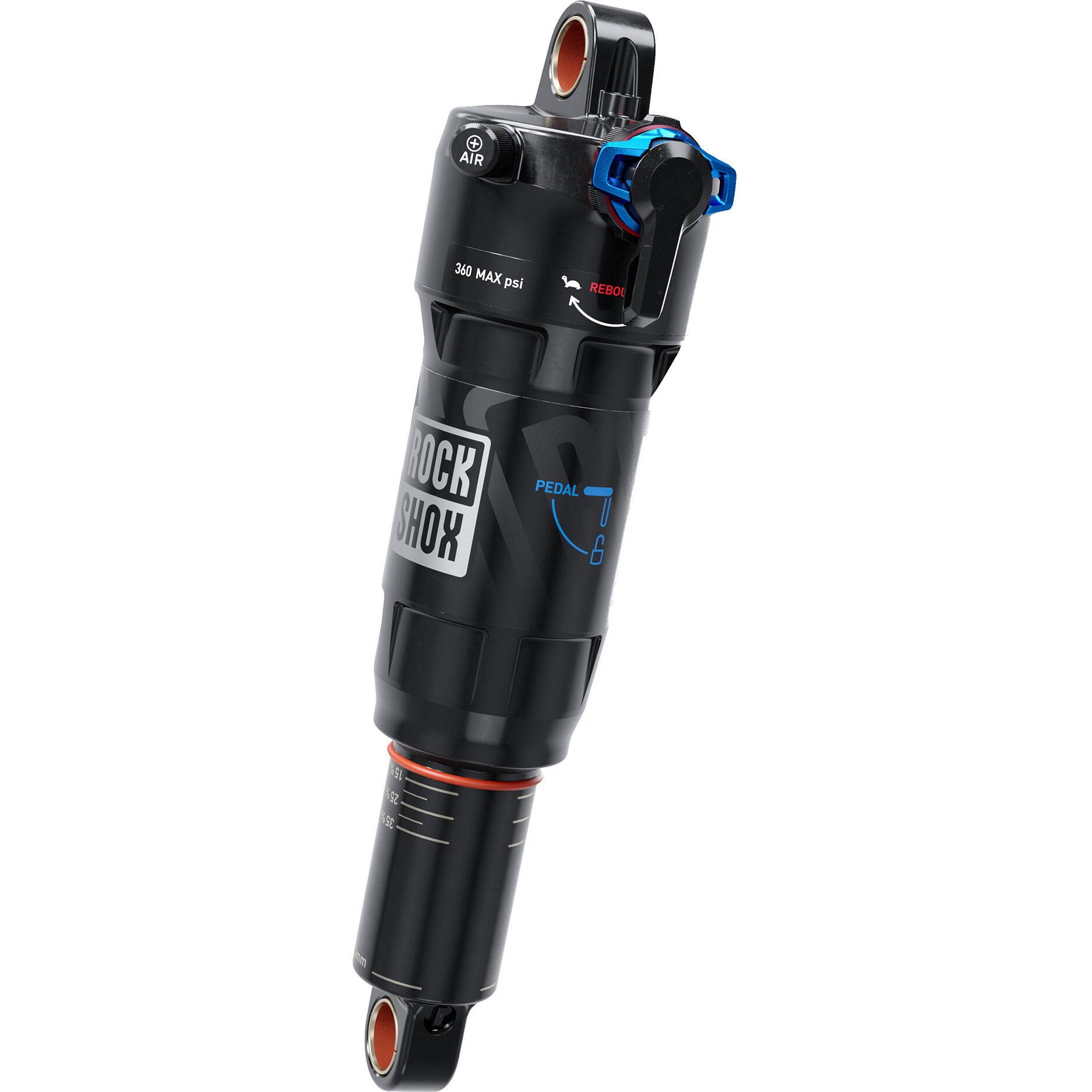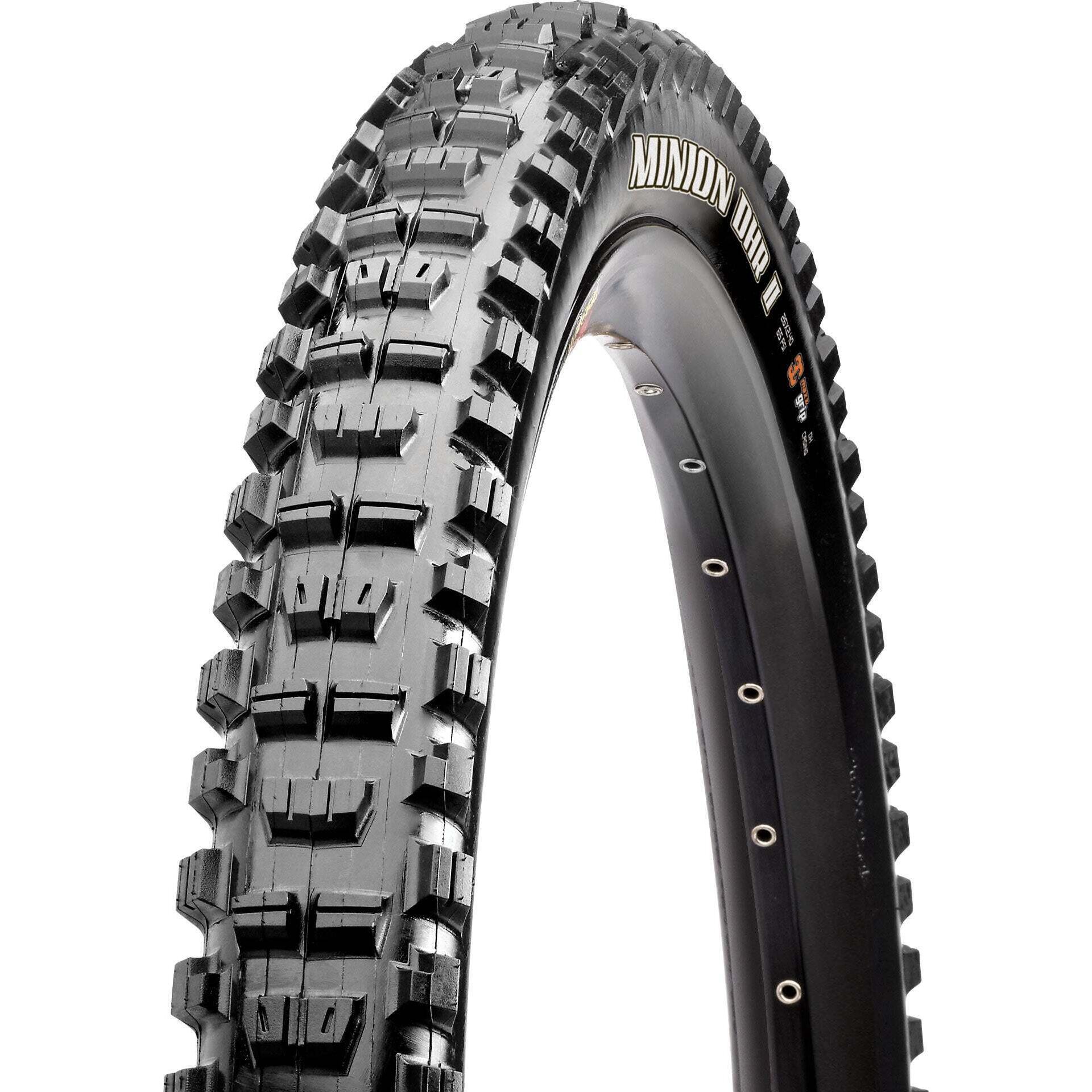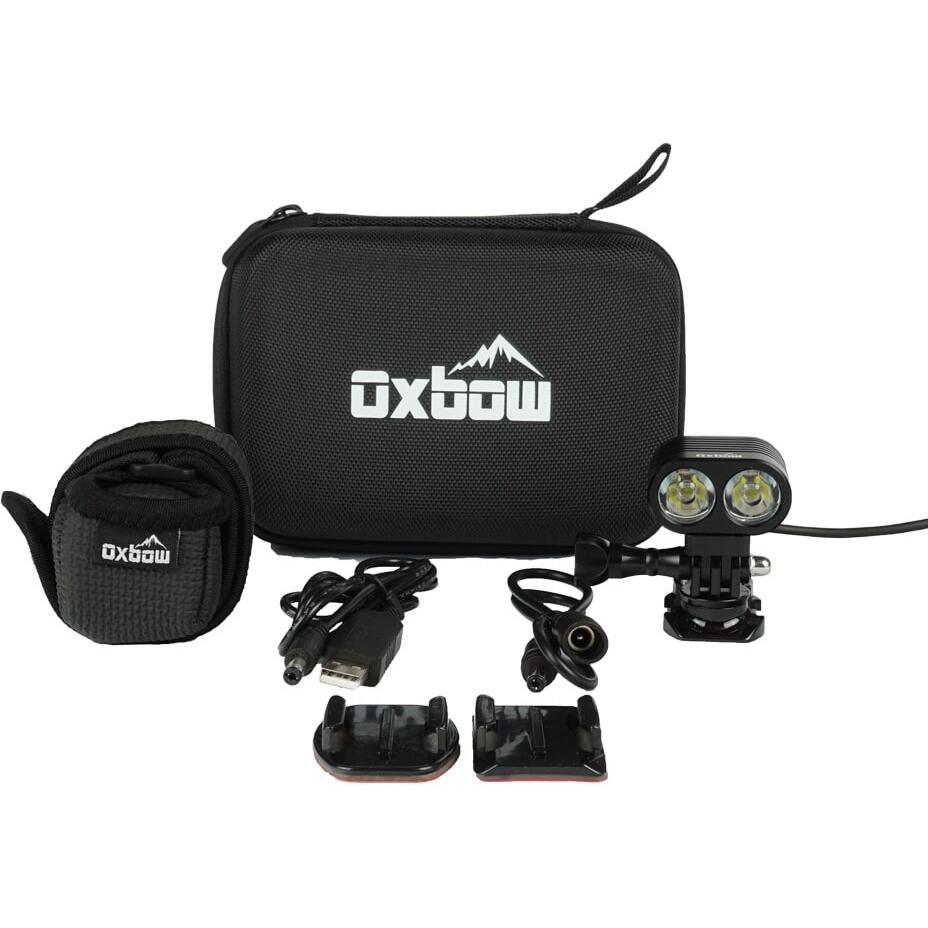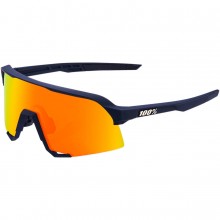Taking good care of your helmet is crucial to maintaining its safety features. Be sure to read the instructions that come with your helmet for product-specific advice.
In general, you don’t want to store your helmet near fumes or direct heat sources. Both of these things can degrade the helmet's materials and glues. For a lot of riders, this means storing your lid inside rather than in the garage. When you’re out riding, hanging your helmet off a handlebar or mirror isn't going to kill it. At your home, however, you should find a flat surface to sit it on (right side up, of course).
Be sure to read the owner’s manual before cleaning your helmet. Some liner and shell materials can be damaged from cleaning chemicals. If in doubt, water and mild soap is the safest bet.
If you notice any signs of damage, like cracks or dents, you should replace the helmet. In fact, even if the helmet shows no signs of damage, its safety features could be totally compromised. For this reason, one should never buy a second-hand helmet.
If you drop your helmet, it needs to be replaced or professionally checked. For a fee, many manufacturers will allow you to send in your helmet for inspection. Also, major motorcycle shows frequently have booths where you can get your helmet professionally checked.
If you’re careful with your helmet, you should get plenty of use out of it! However, even well-kept helmets will degrade over time. The rule of thumb is that a helmet needs to be replaced on its fifth birthday. However, make sure to research your particular model, because some helmets have shorter or longer lifespans. And no, this isn’t some manufacturer’s myth that they invented to sell more helmets. Private research, like that done at Snell, came to the same conclusions regarding helmet degradation.
That rounds off the final chapter of our guide. If you read or watched through it all, Kudos to you. You're officially a helmet guru at this point.



